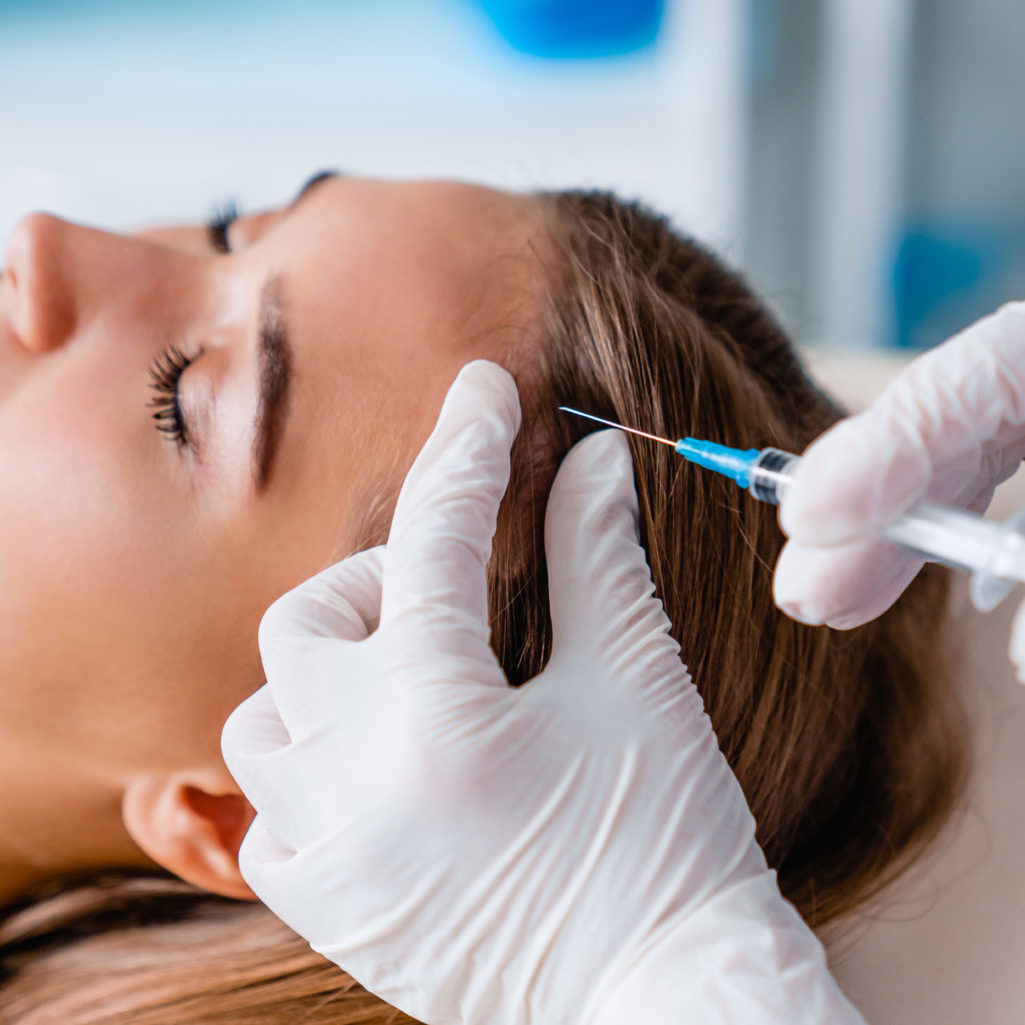When it comes to achieving a youthful appearance without undergoing invasive surgery, dermal fillers have become a popular choice. Among them, Sculptra fillers stand out due to their unique composition, gradual effects, and long-term benefits. Many people exploring aesthetic treatments, including those seeking Sculptra Fillers in Dubai, often wonder how they compare to other dermal filler options available on the market.
What Are Dermal Fillers?
Dermal fillers are injectable substances used to restore facial volume, reduce wrinkles, and enhance facial contours. They work by filling the skin’s layers to smooth out fine lines and give a plumper, more youthful appearance. Most common fillers are made from hyaluronic acid (HA), a substance naturally found in the body. These fillers typically provide immediate results and are used in areas like the cheeks, lips, nasolabial folds, and under-eye hollows.
What Is Sculptra?
Sculptra is not a typical dermal filler. Instead of hyaluronic acid, it uses poly-L-lactic acid (PLLA), a biocompatible, biodegradable synthetic material that stimulates the body’s natural collagen production. Originally used in medical applications such as dissolvable stitches, PLLA has been adapted for aesthetic use to restore facial volume lost due to aging or illness.
Key Differences Between Sculptra and Other Fillers
1. Composition
-
Sculptra: Made from poly-L-lactic acid (PLLA), a collagen stimulator that encourages the body to regenerate its collagen.
-
Other Fillers: Most commonly made from hyaluronic acid, which temporarily adds volume by attracting moisture to the area.
2. Mechanism of Action
-
Sculptra: Stimulates collagen production gradually. Results develop over several weeks as the body produces new collagen fibers in response to PLLA.
-
Other Fillers: Fill in wrinkles and add volume immediately by physically occupying space beneath the skin.
3. Onset of Results
-
Sculptra: Results are progressive, typically visible after 4-6 weeks post-injection and improve over a few months.
-
Other Fillers: Results are immediate, with visible plumping effects seen right after the procedure.
4. Duration of Results
-
Sculptra: Effects can last up to two years or more, thanks to ongoing collagen production.
-
Other Fillers: Most last between 6 to 18 months, depending on the type and area treated.
5. Areas Treated
-
Sculptra: Best for treating deeper facial volume loss, such as sunken cheeks, temples, and jawline. It’s ideal for full-face rejuvenation.
The Collagen-Stimulating Advantage
One of the most appealing benefits of Sculptra is its ability to stimulate natural collagen production. Collagen is essential for skin elasticity, strength, and volume. As we age, collagen production decreases, leading to sagging and wrinkles. Sculptra helps the skin heal and restore itself from within by reactivating this vital process, offering long-lasting rejuvenation without overfilling or puffiness.
Longevity and Maintenance
Another key differentiator is the maintenance schedule. With Sculptra, although initial sessions are more spaced out and require a series, the long-term payoff is extended longevity. Once the desired results are achieved, maintenance may only be needed once a year or even less frequently.
FAQ’s:
1. How soon will I see results with Sculptra?
Results typically begin to appear 4 to 6 weeks after the initial treatment. Since Sculptra works by stimulating collagen, it takes time for the body to respond and build volume naturally.
2. How many sessions are needed?
Most people need 2 to 4 sessions spaced about 4 to 6 weeks apart. The exact number of sessions depends on the amount of volume loss and the desired outcome.
3. How long do Sculptra results last?
Sculptra can last up to 2 years or more, making it one of the longest-lasting injectable options. Maintenance sessions may be done annually to sustain results.
4. Is Sculptra safe?
Yes, Sculptra is FDA-approved and considered safe when administered by a qualified provider. Side effects are typically mild and temporary.
5. Can Sculptra be used with other fillers?
Yes. Sculptra is often combined with hyaluronic acid fillers to address multiple concerns. For instance, Sculptra can restore facial volume while HA fillers can enhance the lips or smooth fine lines.
Conclusion
Sculptra represents a distinct class of dermal filler that focuses on long-term collagen stimulation rather than temporary volume enhancement. It’s best suited for individuals seeking natural-looking facial rejuvenation and who are patient enough to wait for results to develop gradually. Compared to traditional hyaluronic acid fillers, Sculptra offers a different pathway to anti-aging—a regenerative one.



